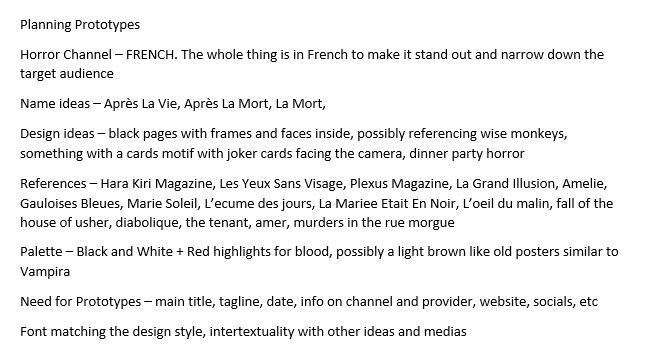timed essay question 2
Explain
how economic contexts are linked to the production and distribution of films. Refer
to Disney’s The Jungle Book (2016) to support your points.
Disney is a diversified mass media conglomerate company that
was founded in 1923 with the sole purpose of creating animations. Its first
major feature film was Snow White in 1937, and since then the company has grown,
diversified, expanded, and become much more financially powerful than ever
before. Disney is easily one of the best-known companies in the world, with a
far and wide reach from the place it started.
The production cycle of a film begins with investing in a
product, then marketing and advertising it, and finally selling the product to
the cinemas to be shown to audiences. The success of the film depends on the
company and their financial position to produce and distribute it. Due to its
massive profits and ability to make money, Disney controls both production and
distribution, being able to eliminate any chances of external error. Since it
is such a large and powerful company, it owns these subsidiaries which
minimises the price it takes to work through the cycle. Disney can use this
cycle to its advantage to recreate older films that are possibly unknown to a
current audience, thus creating a new, postmodern product that manages to draw
in profit and new fans at once. One such example of a film that was remade is
The Jungle Book
The 2016 Jungle Book, a live action and CGI animated remake
of the 1967 original, was distributed to 70 countries. It cost $175m to create,
thus it needed to make a large profit to be able to continue the cycle.
Audiences around the globe had to be interested in the movie – and this was
achieved by releasing many teaser trailers, posters, and special promotions. At
the box office, the film made $960m, giving a profit of $785m from the
cinematic release alone. With the inclusion of other revenues, Disney now had
well over $1b to expand and make more expensive products with expensive
budgets. With more money, films can be made of higher quality, and so become
more likely to draw in a more impressive revenue. The film was a success, much
like the majority of Disney films.
Disney is fuelled by a capitalist business model. It targets
its two main audiences – long-time fans of the Disney products and young
children who enjoy the magic that Disney provides – through many types of
product. Disney’s brand identity has been around for many decades, so audiences
can be given a product with the Disney label and they convince themselves that
it must be of high quality, so they enjoy it more. With this brand identity,
Disney manages to retain its audiences, creating more profit with each
cinematic release. Disney likes to play safe and not take risks, avoiding
losing their fanbase at the expense of being put in a box that stops them from
creating revolutionary works that can change the minds of their audience.
People are entertained by Disney, and also use the company as part of their
personal identity and for social interaction. The reception of the films is
often positive, but never without criticism. The negative points are usually
along the lines of the company continually rehashing similar stories and not
putting in the effort to create new and interesting tales, but it makes sense
from the point of view of the company if they are making profit and minimising
their spending.
In conclusion, Disney as a company is very effective in
controlling the production and distribution cycle to allow them to make the
most money they can - and probably will - continue to gain profit and gain
subsidiaries for a long time.


Comments
Post a Comment